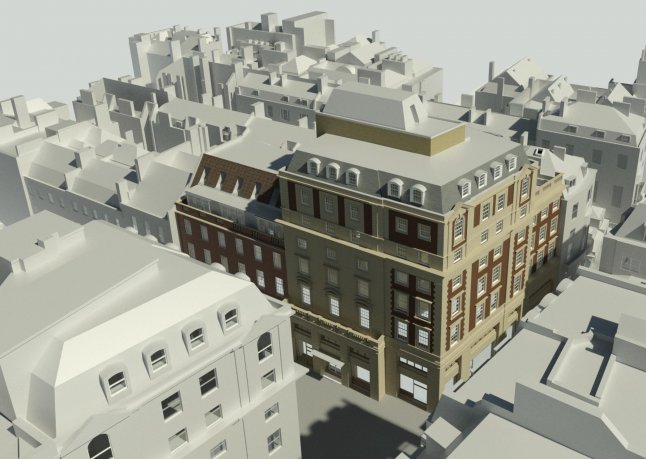

- Revit generic model invisible in view how to#
- Revit generic model invisible in view pdf#
- Revit generic model invisible in view code#
- Revit generic model invisible in view trial#
To display the survey point, select Survey Point.To display the project base point, select Project Base Point.

On the Model Categories tab of the Visibility/Graphics dialog, scroll down to Site.Click View tab > Graphics panel > Visibility/Graphics.
Revit generic model invisible in view how to#
Learn more about how to Move Project Base Points and Survey Points It is advisable that Project Survey Point has some project-sensible values and the Project Base Point is assigned to match the Survey Point. The survey point is used to correctly orient the building geometry in another coordinate system, such as the coordinate system used in a civil engineering application. The survey point represents a known point in the physical world, such as a geodetic survey marker. Spot coordinates and spot elevations that reference the project coordinate system are displayed relative to this point. It also can be used to position the building on the site and for locating the design elements of a building during construction. The project base point defines the origin (0,0,0) of the project coordinate system.
Revit generic model invisible in view trial#
Create transaction, with the value of the color (0 or 255) in the transaction name using (Transaction t = new Transaction(doc, "Do Not Print color = " + newColor.Explore the benefits of the Tridify BIM Publishing Service and start a free one year trial (no credit card required)Ī few things have to be set up in order to represent the project location. The ""Do Not Print" subcategory of the "Generic Annotations" categoryĬategory doNotPrint = _Item( "Do Not Print") private void CategoryLineColor(Color newColor)ĭocument doc = Ĭategories categories = Ĭategory genericAnnotations = categories.get_Item( "Generic Annotations")
Revit generic model invisible in view code#
The lines in the families are “invisible” because they are white! After the printing is completed they are set back to be black.Īnd here is the code for the CategoryLineColor function that sets the line color.
Revit generic model invisible in view pdf#
The results of printing are shown in the PDF on the right side of this screenshot. Private void myPrintedEvent( object sender, DocumentPrintedEventArgs args)ĬategoryLineColor( new Color(Byte.MinValue,Byte.MinValue,Byte.MinValue)) These macro is private, instead of public, because it will not be run from the Macros dialog // It will only be available to other macros private void myPrintingEvent( object sender, DocumentPrintingEventArgs args)ĬategoryLineColor( new Color(Byte.MaxValue,Byte.MaxValue,Byte.MaxValue)) myPrintedEvent will run just AFTER Revit prints += new EventHandler(myPrintedEvent) myPrintingEvent will run just BEFORE Revit prints += new EventHandler(myPrintingEvent) This associates a function with each of the two print events mentioned above. To enable the magic, run the macro PrintingEventRegister.




 0 kommentar(er)
0 kommentar(er)
